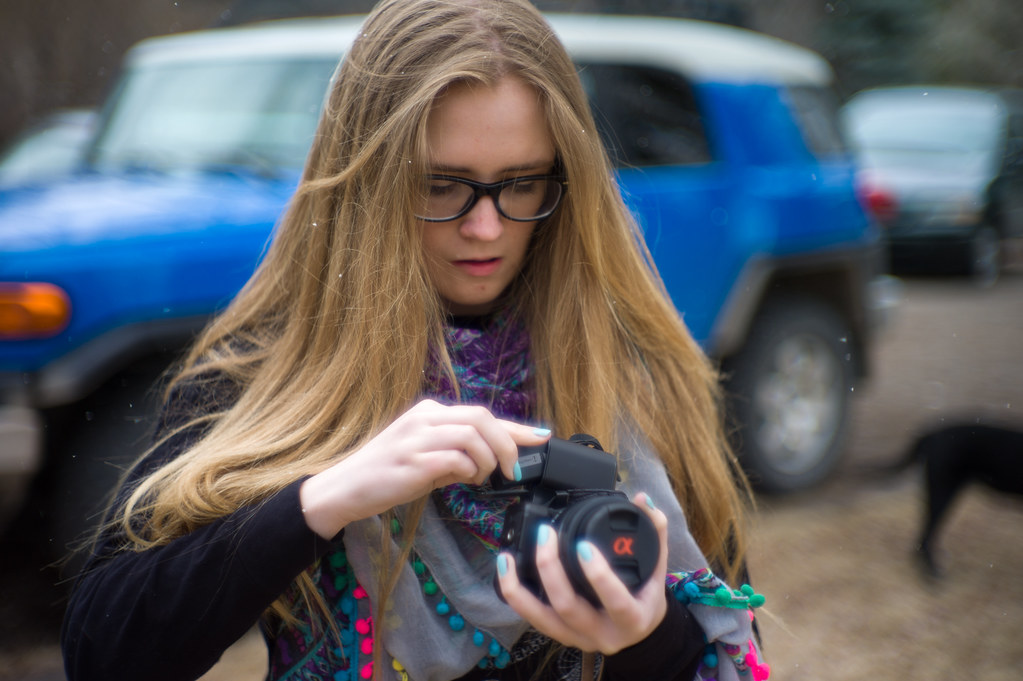Luddite Frank
Well-known
Guys, I appreciate all the comments and great photos from your lenses !
But, I'm afraid I'm a giblet.... Garret's question about whether my lens was marked "Tokyo" or "Japan" sent me to the camera closet to dig-out my Nicca, and it turns-out the darned thing has a Nikkor H-C 1:2 f=5cm lens. 😱 :bang:
Interesting feature: the focusing scale changes to red at 3 ft, and there's a detent bewteen 3.5 and 3 ft. The scale goes-down to 1.5 ft.
Still a Nikkor 50 in LTM... I guess I was getting this lens mixed-up with the SC 1:1.4 f=5cm lenses from my two Nikon S cameras... 😕
This Nicca Nikkor must be brass - it is HEAVY. Lens serial is 625xxx.
Camera s/n is 400xx.
Guess I'll be chasing the Nikkor 1.4 / 5 cm in LTM....
Sorry I mis-remembered which Nikkor LTM I had ! 😱
But, I'm afraid I'm a giblet.... Garret's question about whether my lens was marked "Tokyo" or "Japan" sent me to the camera closet to dig-out my Nicca, and it turns-out the darned thing has a Nikkor H-C 1:2 f=5cm lens. 😱 :bang:
Interesting feature: the focusing scale changes to red at 3 ft, and there's a detent bewteen 3.5 and 3 ft. The scale goes-down to 1.5 ft.
Still a Nikkor 50 in LTM... I guess I was getting this lens mixed-up with the SC 1:1.4 f=5cm lenses from my two Nikon S cameras... 😕
This Nicca Nikkor must be brass - it is HEAVY. Lens serial is 625xxx.
Camera s/n is 400xx.
Guess I'll be chasing the Nikkor 1.4 / 5 cm in LTM....
Sorry I mis-remembered which Nikkor LTM I had ! 😱










